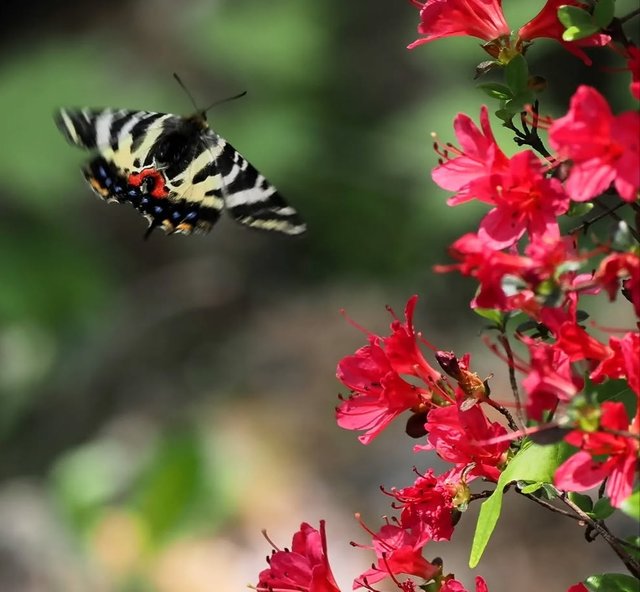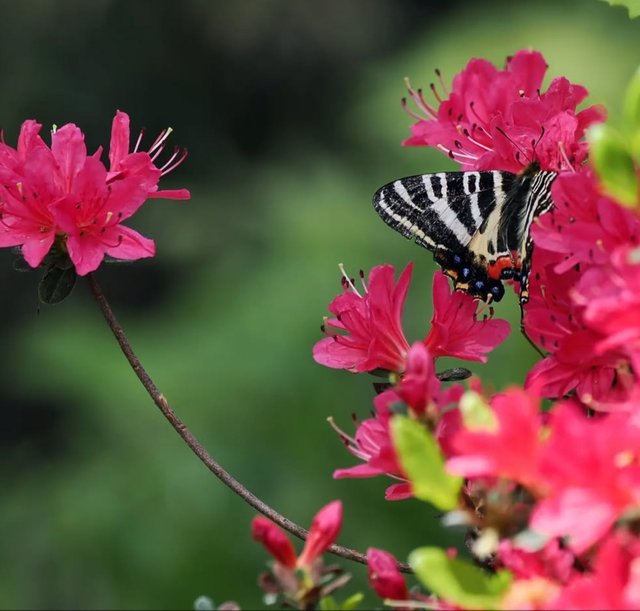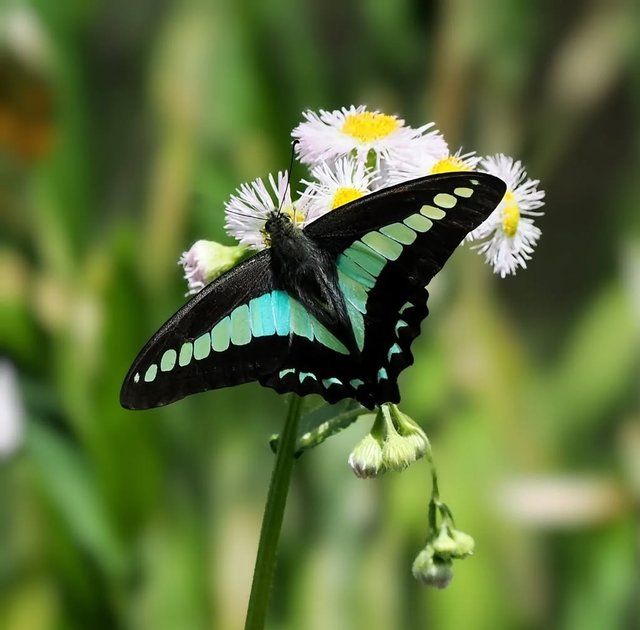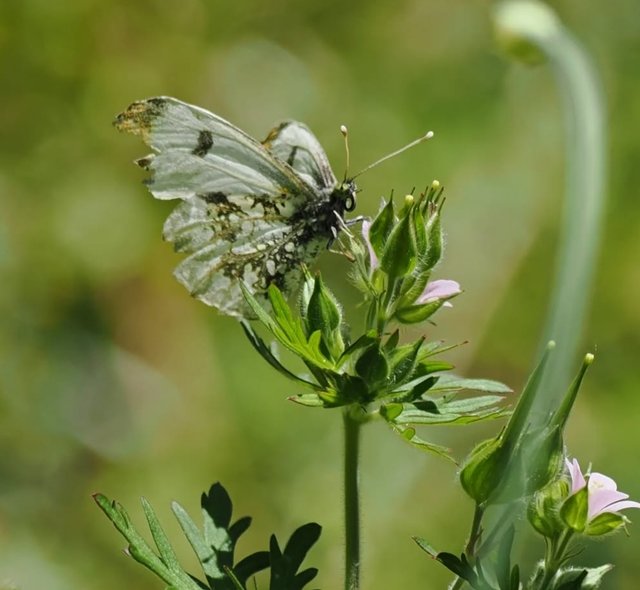So Beautiful Japanese Luehdorfia Butterfly
The Enigmatic Beauty of the Japanese Luehdorfia
Hidden among the springtime woodlands of Japan, a rare and beautiful butterfly emerges with the warming sun—the Japanese Luehdorfia. Often called the Japanese Apollo, this butterfly is not just a marvel of natural beauty, but also a living fossil, offering a glimpse into ancient lineages that have survived millennia.
Taxonomy and Discovery
Luehdorfia japonica belongs to the family Papilionidae, the same family as the more widely known swallowtail butterflies. First described in 1883 by Friedrich Wilhelm Semper, this species is part of the genus Luehdorfia, which contains only a handful of species, all endemic to East Asia. Its closest relatives can be found in China and parts of the Korean Peninsula, but L. japonica is unique to Japan.
Habitat and Distribution
Endemic to Japan, the Japanese Luehdorfia is primarily found on the main islands of Honshu, Shikoku, and Kyushu. It thrives in temperate deciduous forests, especially in mountainous regions where its host plants—species of the Asarum genus—grow under the canopy.
The butterfly is a spring species, appearing from March to May, depending on the region and altitude. Its short flight period, typically only a few weeks, makes spotting one a special event for lepidopterists and nature enthusiasts.
Appearance and Behavior
The Japanese Luehdorfia is often celebrated for its striking black-and-yellow striped wings, accented with delicate blue spots and vivid red markings near the hindwings. With a wingspan of around 50–60 mm, it is not particularly large, but its ornate patterning makes it stand out dramatically against the early spring foliage.




%20(8).jpeg)